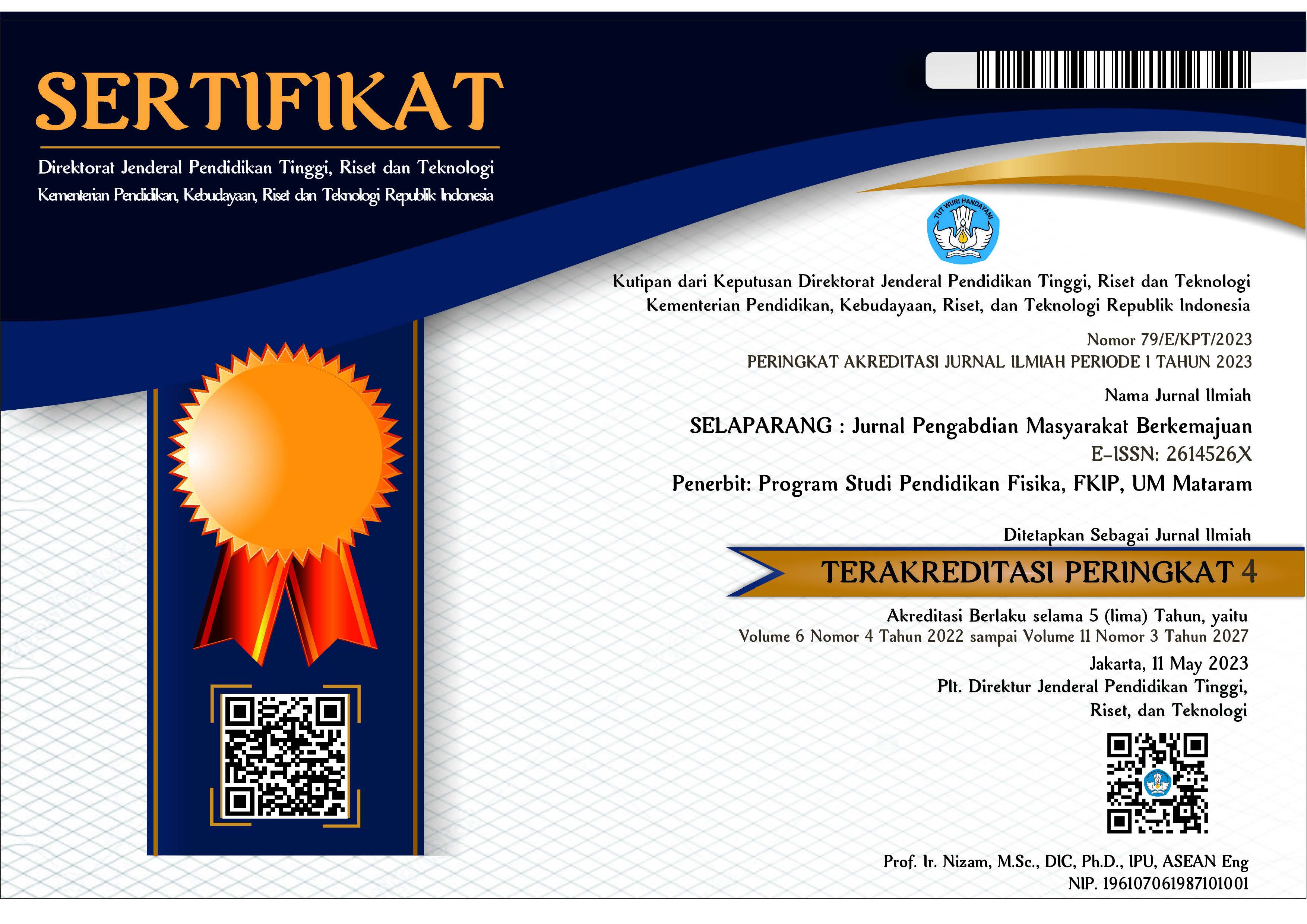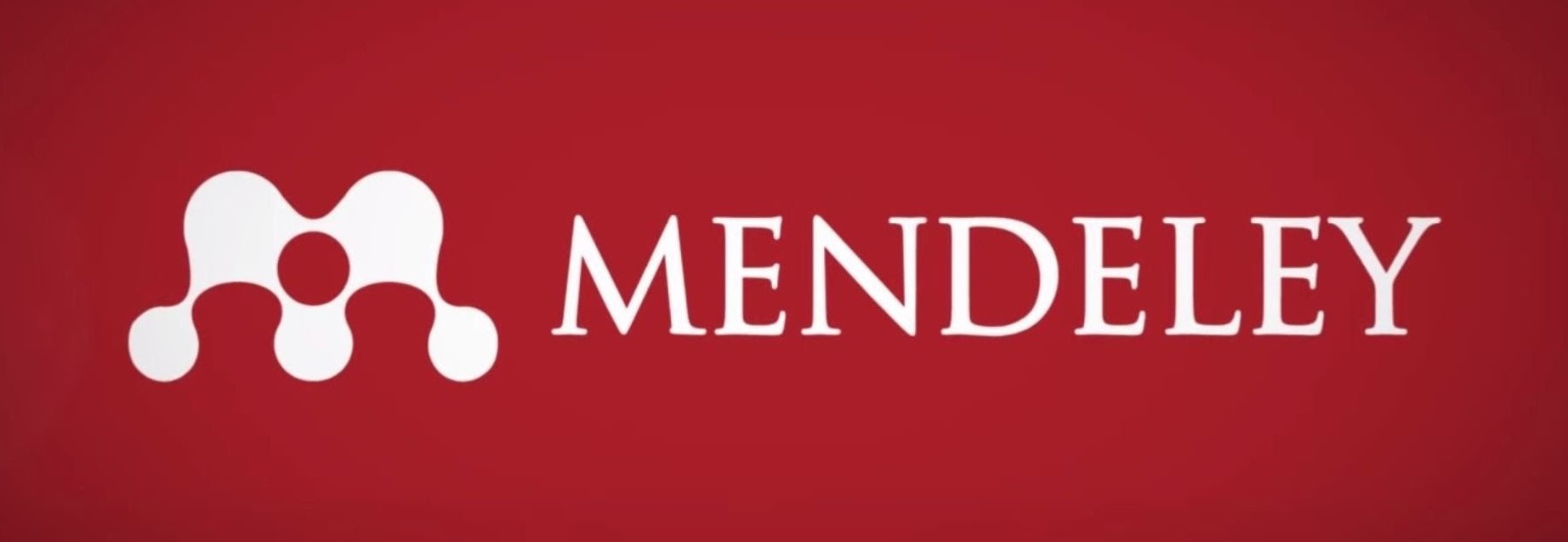Navigasi ruang digital: pemberdayaan santri MA Plus Nurul Islam Sekarbela melalui literasi digital dalam mengidentifikasi dan melawan hoax
Abstract
Abstrak
Kegiatan pengabdian ini bertujuan meningkatkan kemampuan santri di MA Plus Nurul Islam Sekarbela dalam mengidentifikasi dan melawan hoax melalui pelatihan literasi digital. Dengan metode campuran, pelatihan melibatkan 55 santri kelas 3 Madrasah Aliyah dan menggunakan survei pre-test dan post-test serta wawancara dan observasi. Hasil menunjukkan peningkatan signifikan dalam literasi digital, dari skor rata-rata 55,3 menjadi 78,5 (p < 0,01). Santri merasa lebih mampu memverifikasi informasi dan sadar akan bahaya hoax. Temuan mendukung teori literasi digital dan pembelajaran konstruktivis, serta menekankan pentingnya integrasi literasi digital ke dalam kurikulum, peningkatan fasilitas teknologi, dan kolaborasi dengan pemangku kepentingan untuk keberlanjutan program.
Kata kunci: literasi digital; hoax; santri; pengabdian.
Abstract
The community service aims to enhance the ability of students at MA Plus Nurul Islam Sekarbela to identify and combat hoaxes through digital literacy training. Using a mixed-methods approach, the training involved 55 third-grade Madrasah Aliyah students and utilized pre-test and post-test surveys, as well as interviews and observations. The results showed a significant increase in digital literacy, with average scores rising from 55.3 to 78.5 (p < 0.01). The students felt more capable of verifying information and were more aware of the dangers of hoaxes. The findings support digital literacy and constructivist learning theories, emphasizing the importance of integrating digital literacy into the curriculum, improving technological facilities, and collaborating with stakeholders for program sustainability.
Keywords: digital literacy; hoax; education; students; community service.
Keywords
Full Text:
PDFReferences
Buckingham, D. (2007). Digital Media Literacies: Rethinking Media Education in the Age of the Internet. Http://Dx.Doi.Org/10.2304/Rcie.2007.2.1.43, 2(1), 43–55. https://doi.org/10.2304/RCIE.2007.2.1.43
Bulger, M., & Davison, P. (2018). The Promises, Challenges, and Futures of Media Literacy. Journal of Media Literacy Education, 10(1), 1–21. https://doi.org/https://doi.org/10.23860/JMLE-2018-10-1-1
Creswell, J. W., & Plano Clark, V. L. (2007). Designing and conducting mixed methods research. Sage Publication.
Crumpler, W., & Lewis, J. A. (2019). The Cybersecurity Workforce Gap. http://www.isaca.org/Knowledge-Center/
Jones, R. H., & Hafner, C. A. (2012). Understanding digital literacies : a practical introduction. https://www.routledge.com/Understanding-Digital-Literacies-A-Practical-Introduction/Jones-Hafner/p/book/9781138041738
Livingstone, S. (2004). Media Literacy and the Challenge of New Information and Communication Technologies. The Communication Review(7. The Communication Review, 7. https://doi.org/10.1080/10714420490280152
Livingstone, S. (2012). Critical Reflections on the Benefits of ICT in Education. Oxford Review of Education, 38, 9–24. https://doi.org/10.1080/03054985.2011.577938
Livingstone, S., & Helsper, E. (2009). Balancing opportunities and risks in teenagers’ use of the internet: the role of online skills and internet self-efficacy. Http://Dx.Doi.Org/10.1177/1461444809342697, 12(2), 309–329. https://doi.org/10.1177/1461444809342697
Martens, H., & Hobbs, R. (2015). How Media Literacy Supports Civic Engagement in a Digital Age. Atlantic Journal of Communication, 23(2), 120–137. https://doi.org/10.1080/15456870.2014.961636
Ng, W. (2012). Can we teach digital natives digital literacy? Computers & Education, 59(3), 1065–1078. https://doi.org/10.1016/J.COMPEDU.2012.04.016
Ribble, M. (2015). Digital citizenship in schools : nine elements all students should know.
DOI: https://doi.org/10.31764/jpmb.v8i2.24237
Refbacks
- There are currently no refbacks.

This work is licensed under a Creative Commons Attribution-ShareAlike 4.0 International License.
______________________________________________________
Jurnal Selaparang
p-ISSN 2614-5251 || e-ISSN 2614-526X
EDITORIAL OFFICE:



















